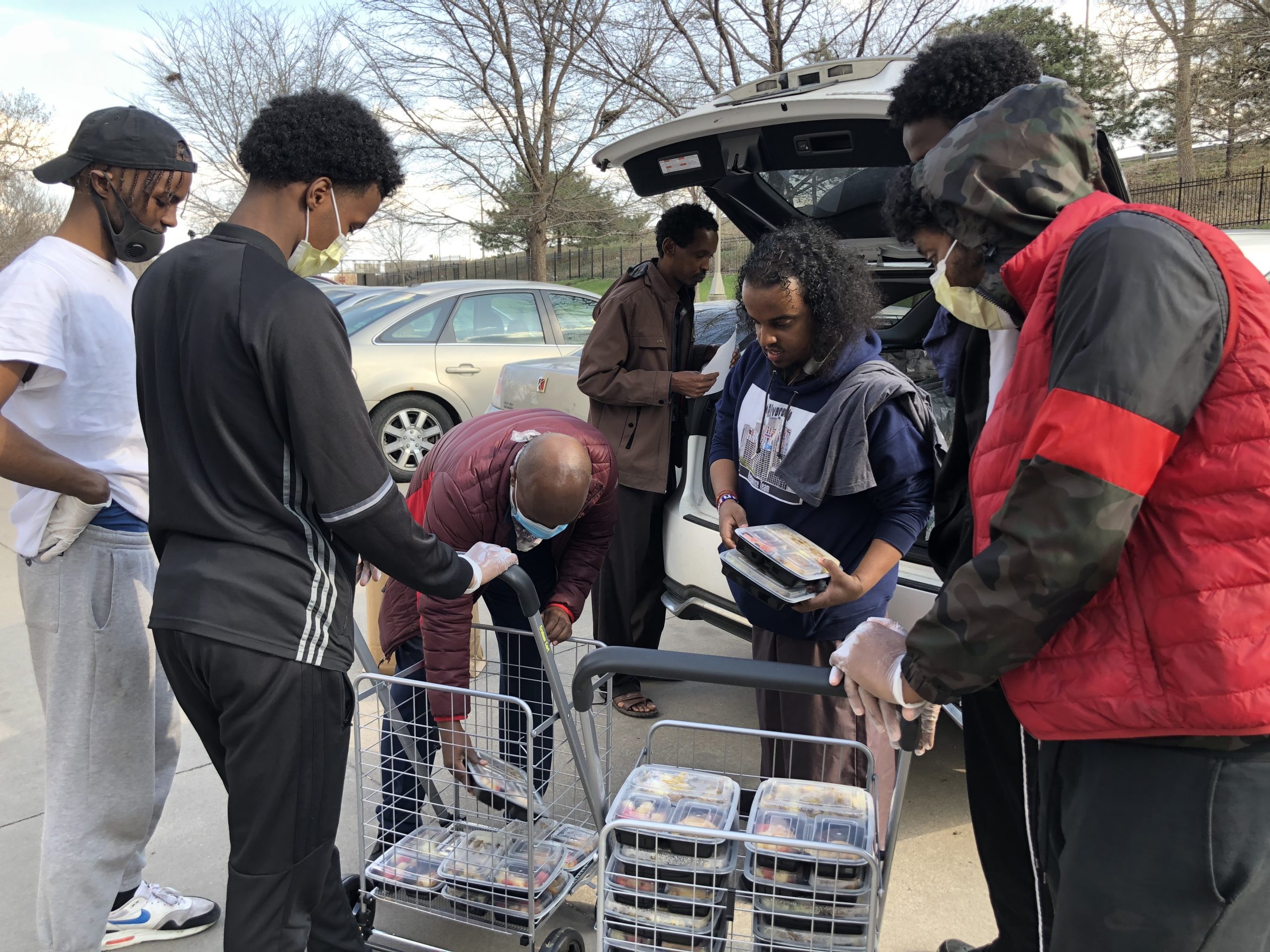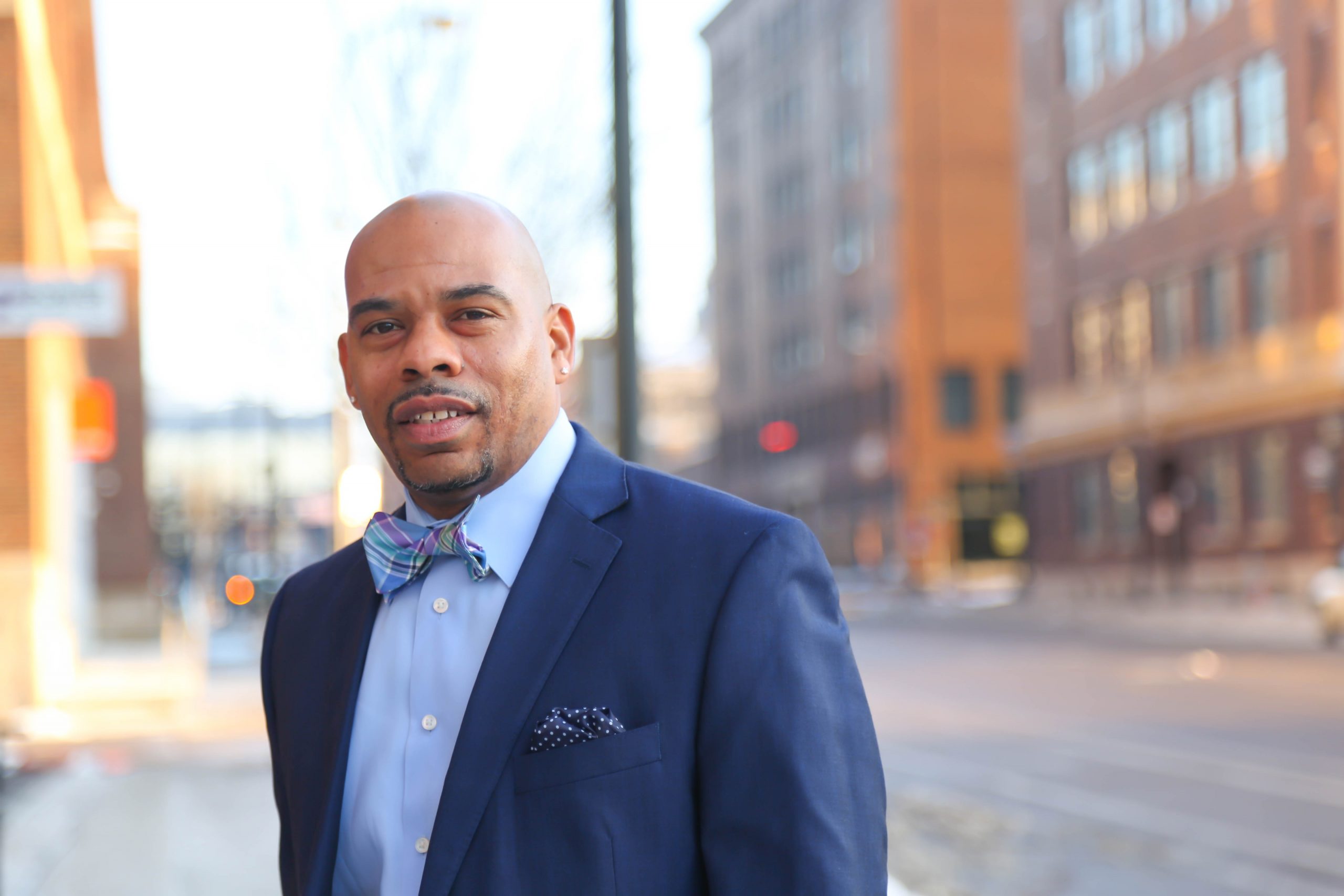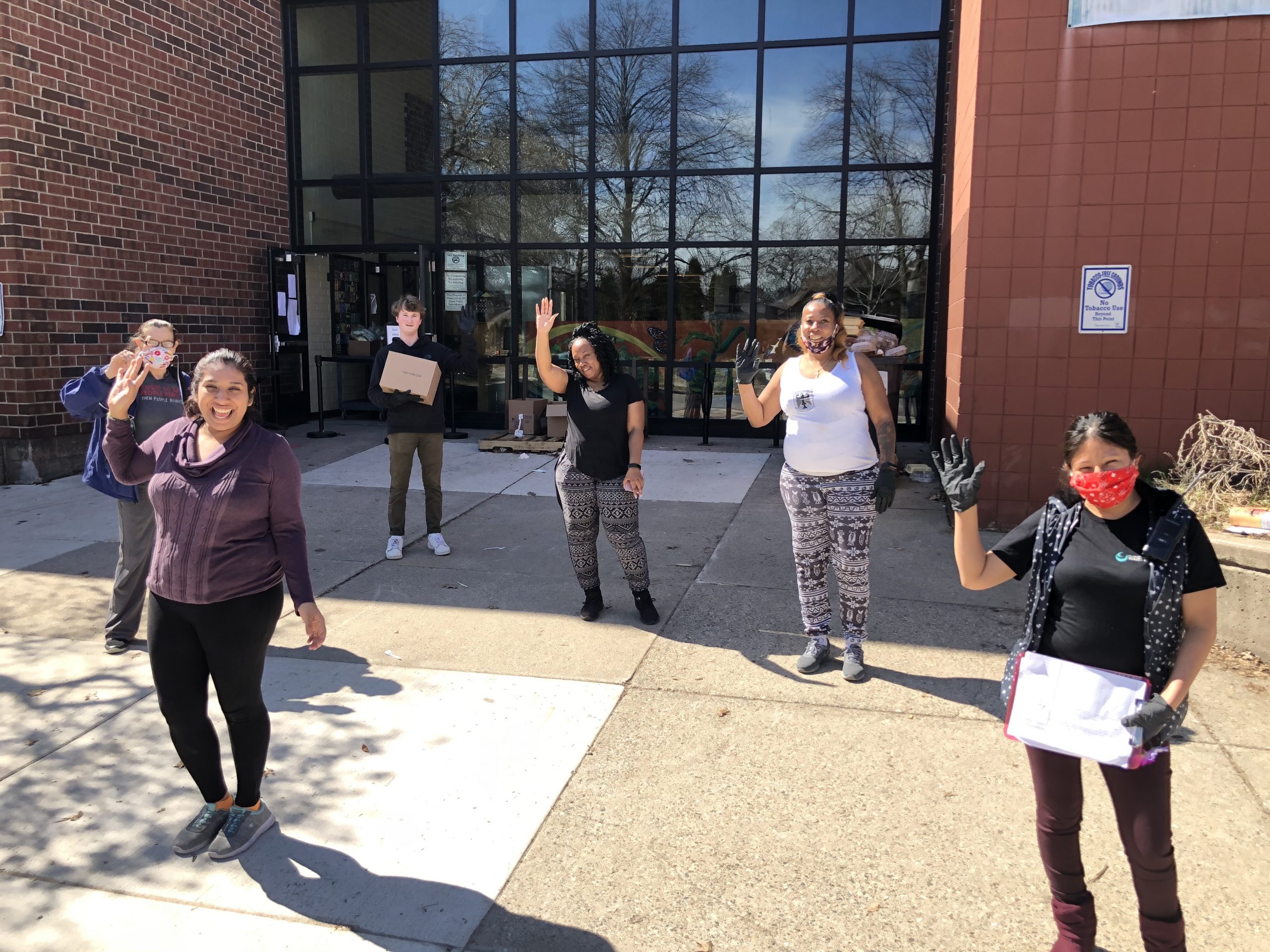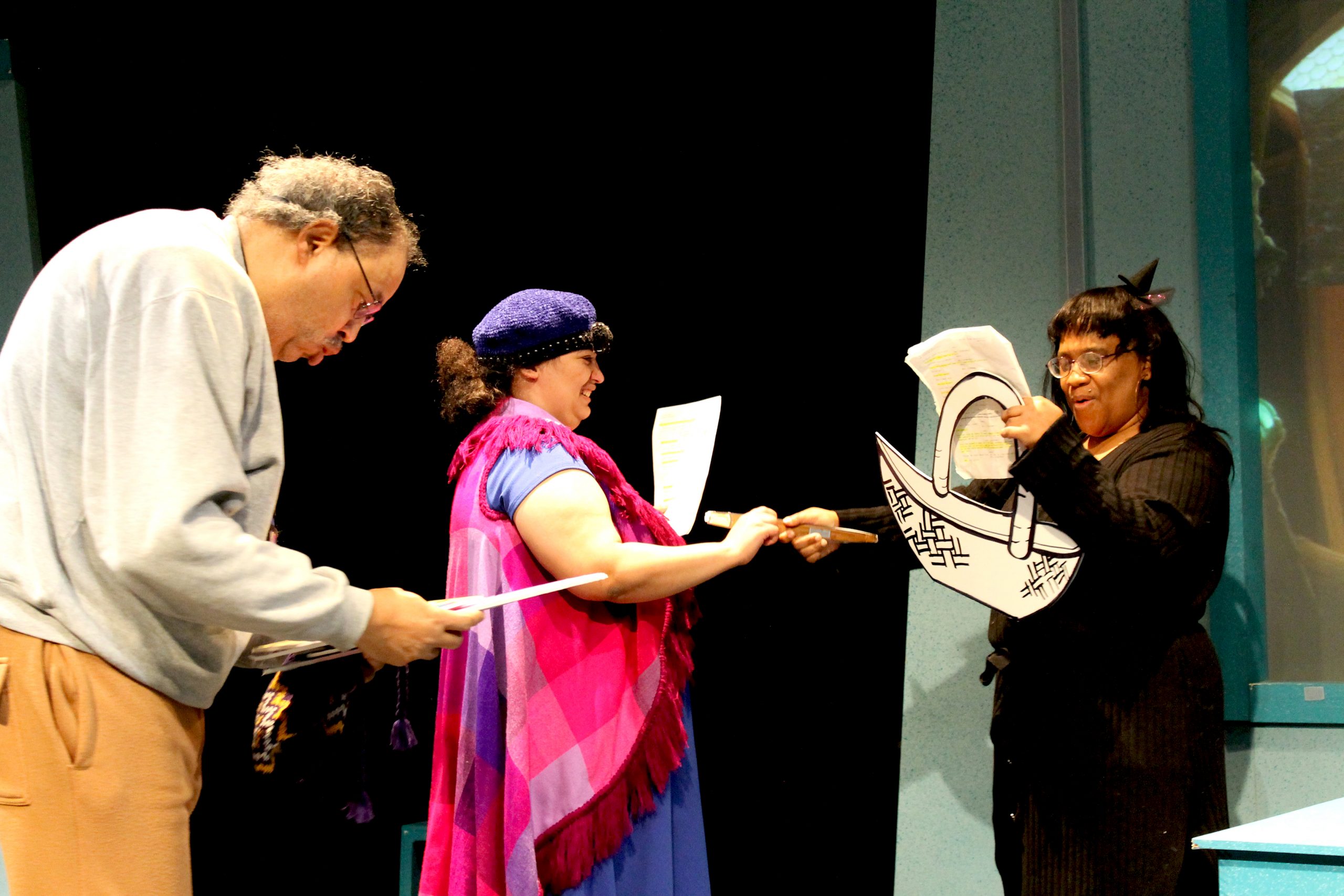
The Upstream Imperative, Volume 4
This article is part of “The Upstream Imperative,” a series exploring the challenges and opportunities facing the social services sector.
By Adair Mosley, President and CEO, Pillsbury United Communities
We are in a difficult moment.
For some in our community, COVID-19 is an uncomfortable disruption. For others, including many we serve, the pandemic threatens their livelihoods and lives. At Pillsbury United, we see the impact firsthand in the surge of people facing job loss as well as food and housing insecurity across our community.
Emergency support is desperately needed, and we are heeding the call. But this moment raises another urgent question. What can we do to reduce the inequities and disparities that compound the harm to our community — and emerge from this crisis more resilient than we were before?
If we are serious about preparing for the next emergency, we need to talk about systems.
Seeing the systemic
As extraordinary as events feel in this moment, we know that disasters are inevitable. And when they occur, they reveal our vulnerabilities. Whether it’s a tornado, a fire, a foreclosure crisis, or an epidemic, disasters do not affect us all equally. Some are inconvenienced while others are devastated.
Why is that? One narrative has it that some people choose not to prepare, that they should have more foresight or more financial cushion. But we know differently. Because of choices we make as a society, many in our community are more vulnerable to disaster, a judgment borne out by the numbers.
Here in Minnesota, we know more black, Latino, and indigenous low-wage workers are exposed to and contract the virus because they do a greater share of essential jobs. What’s more, COVID-19 most threatens people living with chronic diseases like asthma, diabetes, and cardiovascular disease — conditions that disproportionately impact black and brown communities due to a history of food insecurity, lack of access to healthcare, and adverse environmental impacts.
Systemic health care issues also contribute. Beyond barriers of cost and access, cultural disconnects and mistrust lead many in our community to delay care and let chronic conditions go untreated. When a crisis like COVID-19 arrives, they are often hit first and last to get proper treatment..
That’s why I say that emergency remedies are not enough. We need to address the systemic factors that make a bad situation worse.
A strategic policy push
As COVID-19 persists around the globe, we are deeply focused on the local impact and how our agency can help. While we can be consumed with the acute needs, we also need to claim this moment as an opportunity to rebuild a more just and inclusive society — for all.
Systemic challenges are complex and intersecting. Addressing them takes concerted action on many fronts: housing affordability; healthy mothers and births; school stability and early education; criminal justice reform; healthy food access; and many other priorities. When we engage the full picture, we start to remove the multi-dimensional barriers that leave people vulnerable.
In times of crisis, I choose to pursue an unconventional goal: strategic planning for the future. Last year, we released a bold and disruptive strategic plan. As we revisit our thinking and approach in this moment of challenge, we see our plan stands strong. Everything so far in this pandemic validates our focus on upstream systems that exacerbate downstream inequities.
Our plan lays out several strategic priorities that include forming cross-sector partnerships focused on social determinants of health to improve community outcomes and investing in students of color as an engine of equitable and sustainable economic prosperity. Critical to the success of these initiatives is advancing policies that promote, protect, and galvanize the community we serve.
Addressing root causes begins and ends with addressing policies and their consequences, intentional and unintentional, on our community. We know the disparities of our communities are strongly linked to the oppressive policies of our past. Through a catalytic investment from the Kresge Foundation and Target Foundation, we are investing in policy change in a way never before possible in our 140 year history. We are moving from a supporting role to a leadership role in shaping critical policies at the city, county, and state level. We fully understand that policies are the accelerating force to move more individuals and families to social and economic wellbeing.
We will use the proven tools of active listening, co-creation, and ongoing feedback to inform matters of planning and prioritization because policymaking for a just society must be driven by community. People, place, and race are too often treated as abstractions in policymaking but we need stakeholders to understand the humanity of those affected by policy choices. To that end, we will increasingly use multimedia to illuminate people’s lived experiences — to bring the faces and voices of our community into the discussion and to positively influence policies that affect them.
More resilient moving forward
We applaud the outpouring of effort and resources we see easing people’s hardship during this disaster. Now we challenge everyone to think beyond the crisis. Good conversations are happening at the media and policy levels, but we need to shift into action.
As an agency that’s built trust with our communities over generations, we have a central role in advancing their voices, hopes, and solutions in policymaking. We are fighting for a community that drives its own agenda, has real input on decisions that affect them, and enjoys equal representation in institutions that touch their lives.
This is what I mean by responding with resilience. Let’s use this opportunity to meaningfully engage our community in building a more equitable future post-COVID.
Another crisis is inevitable. If we make resilience our priority now, disparity is not.




